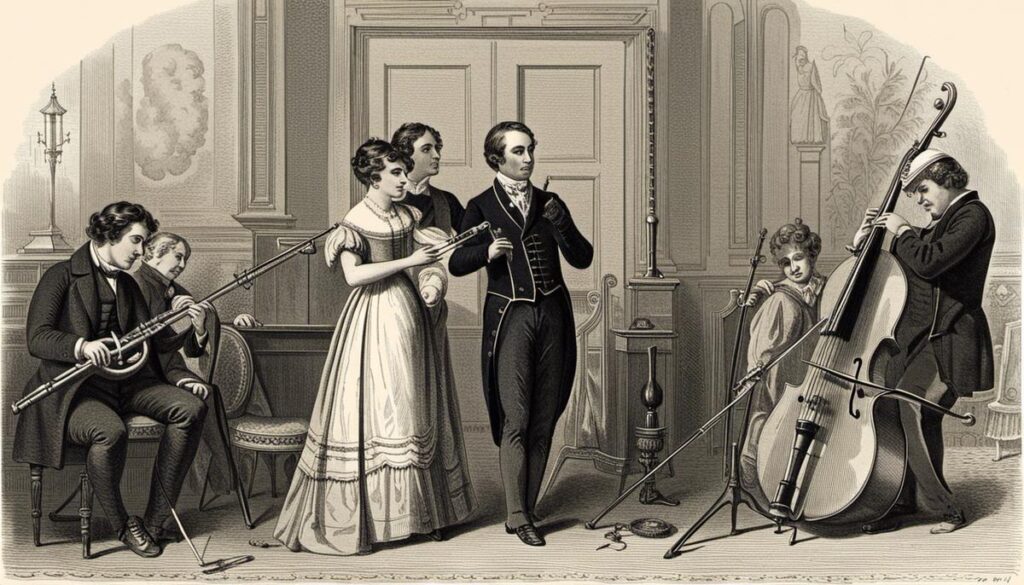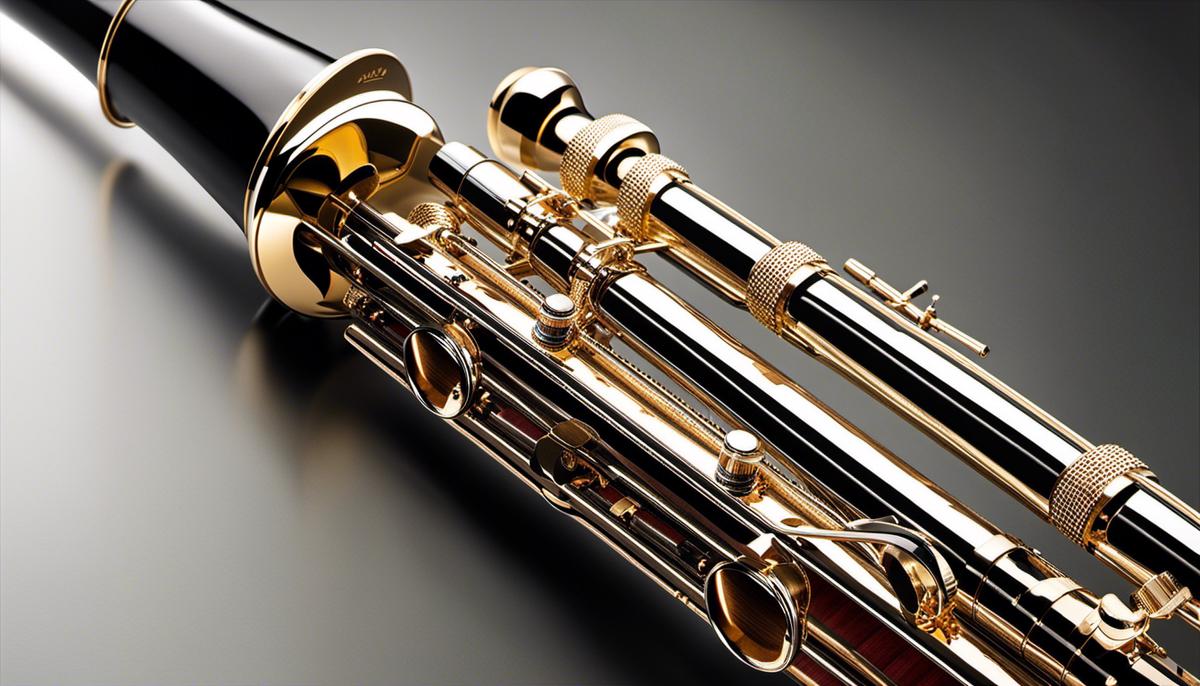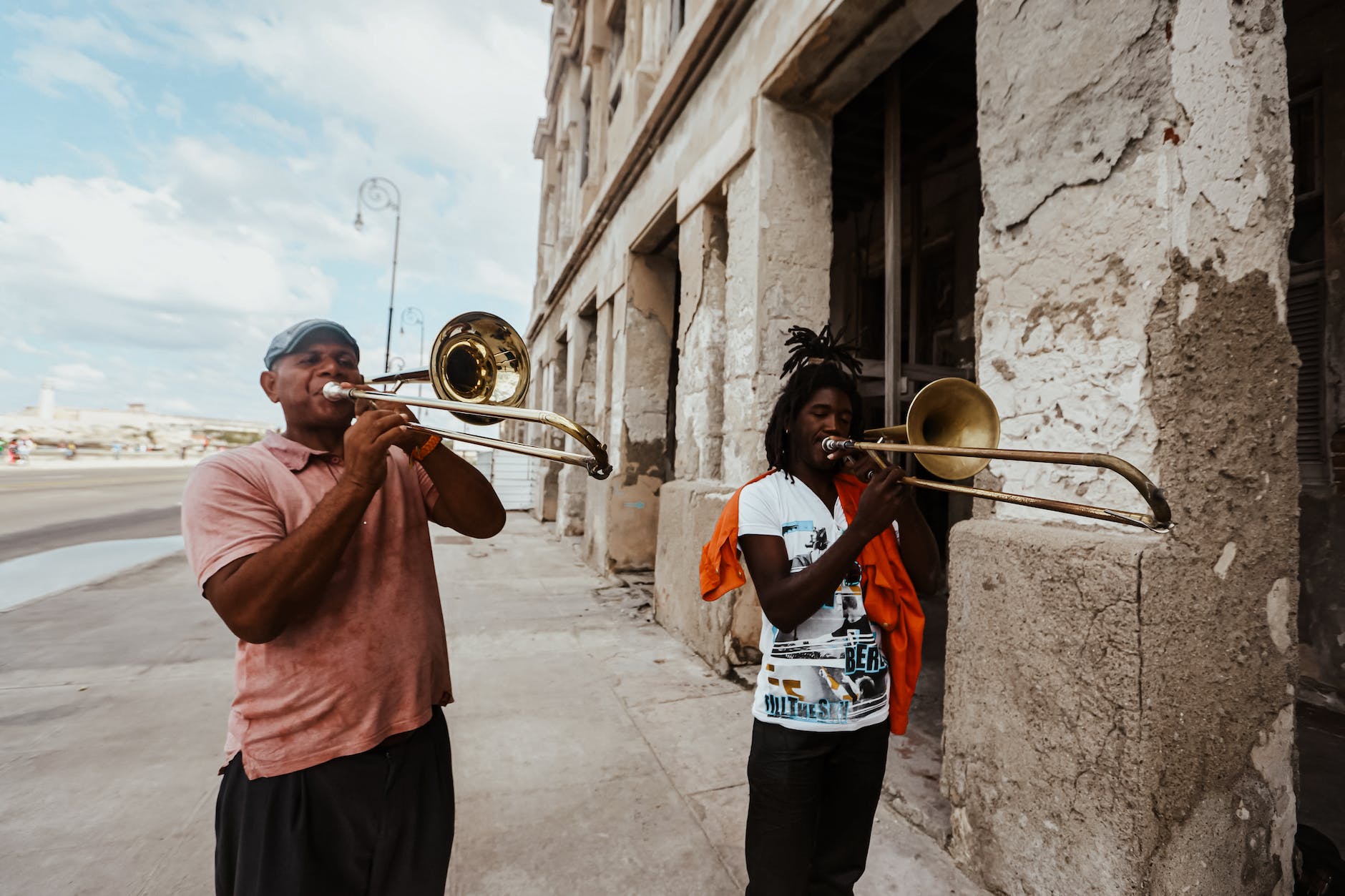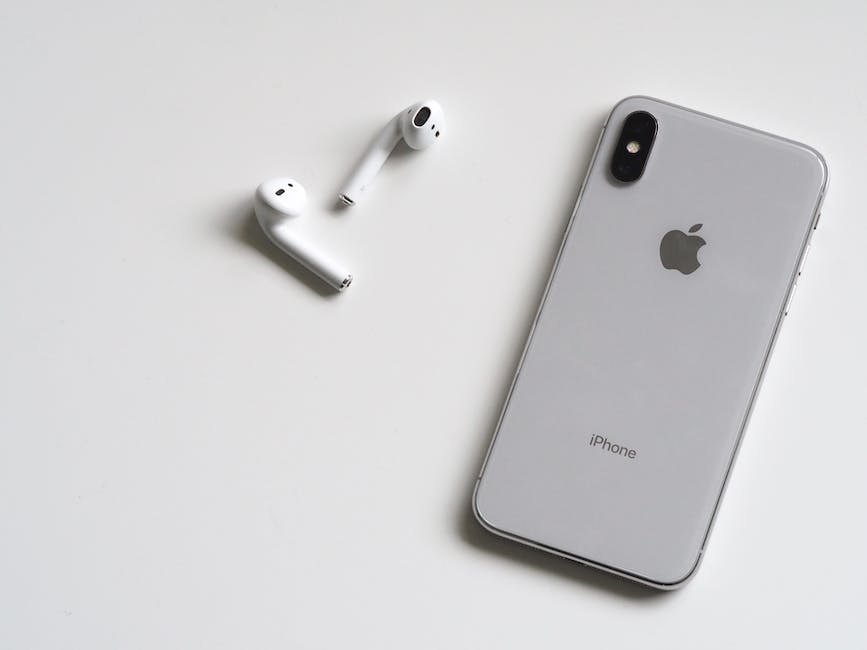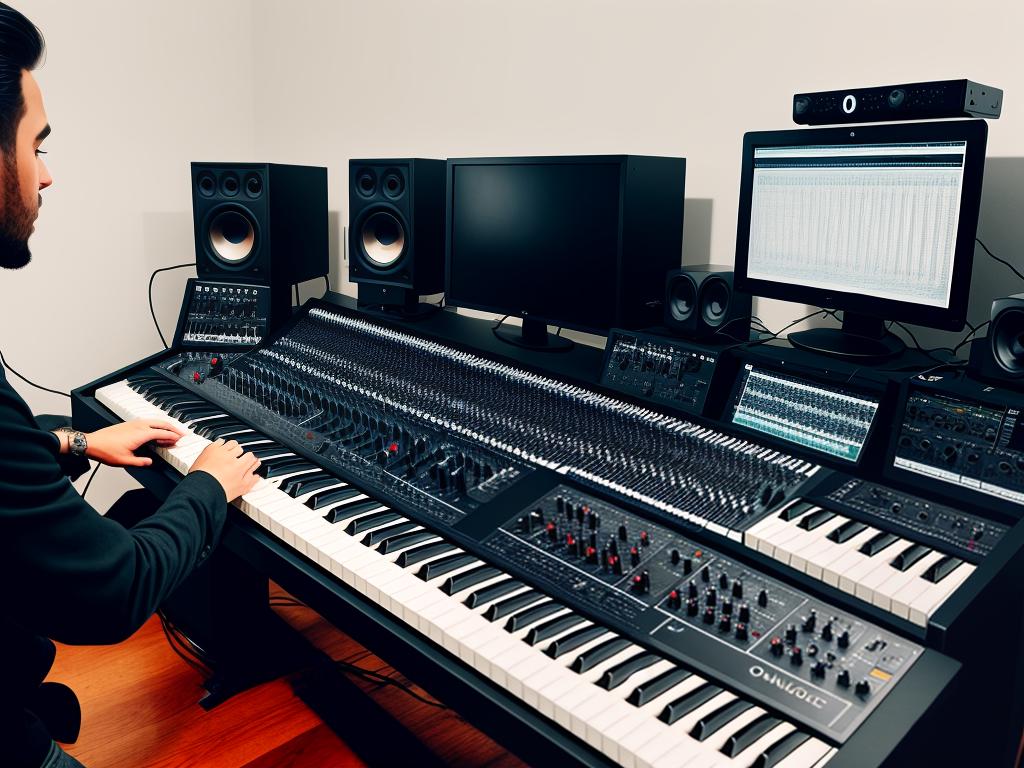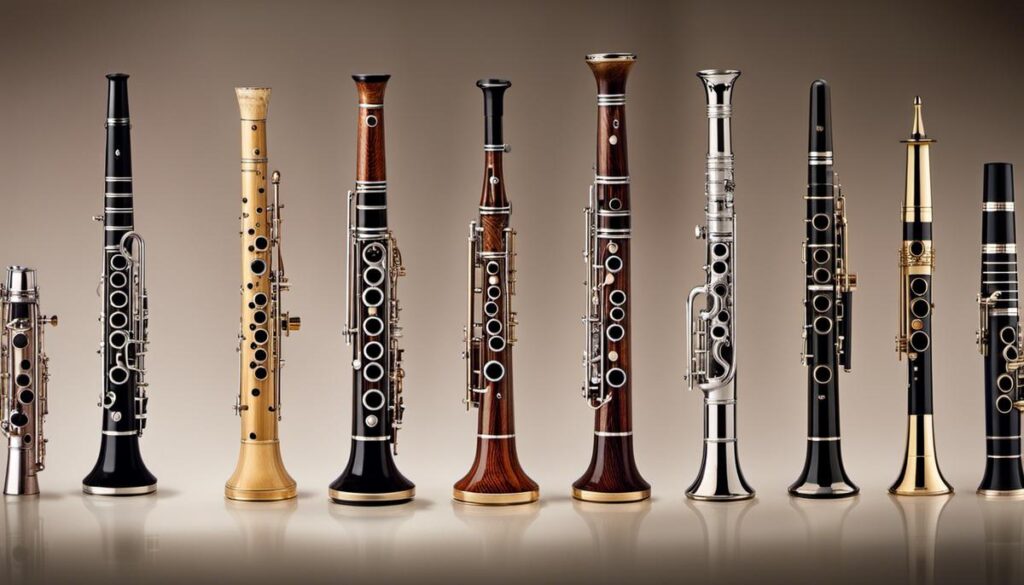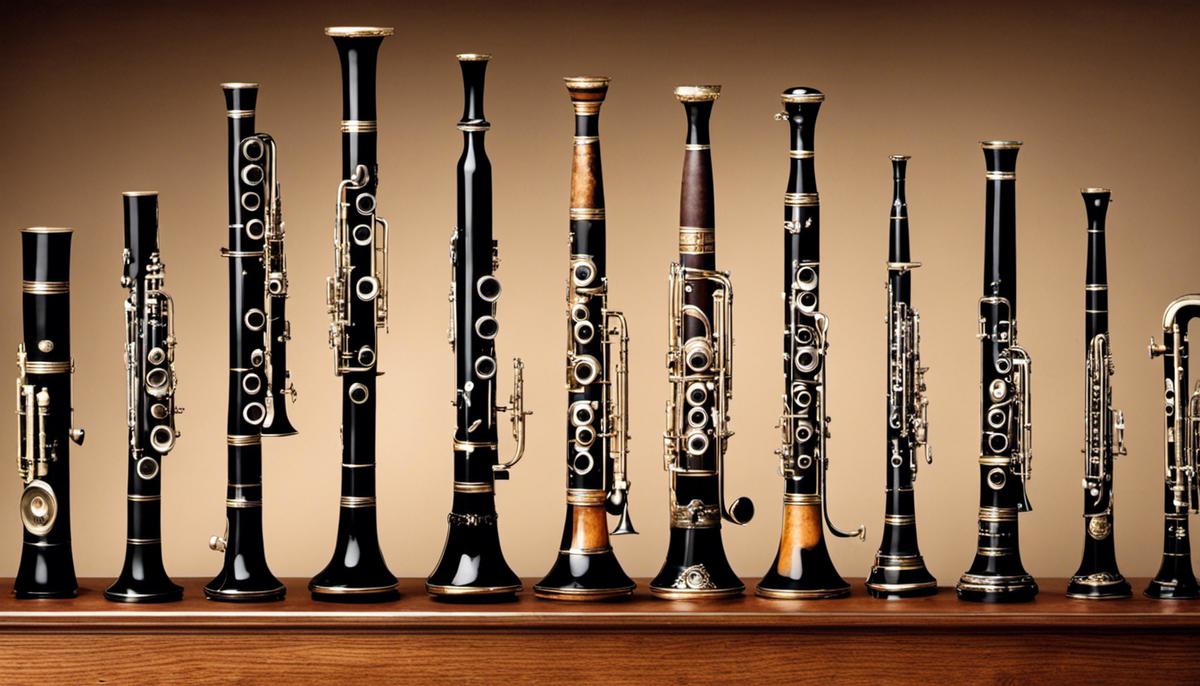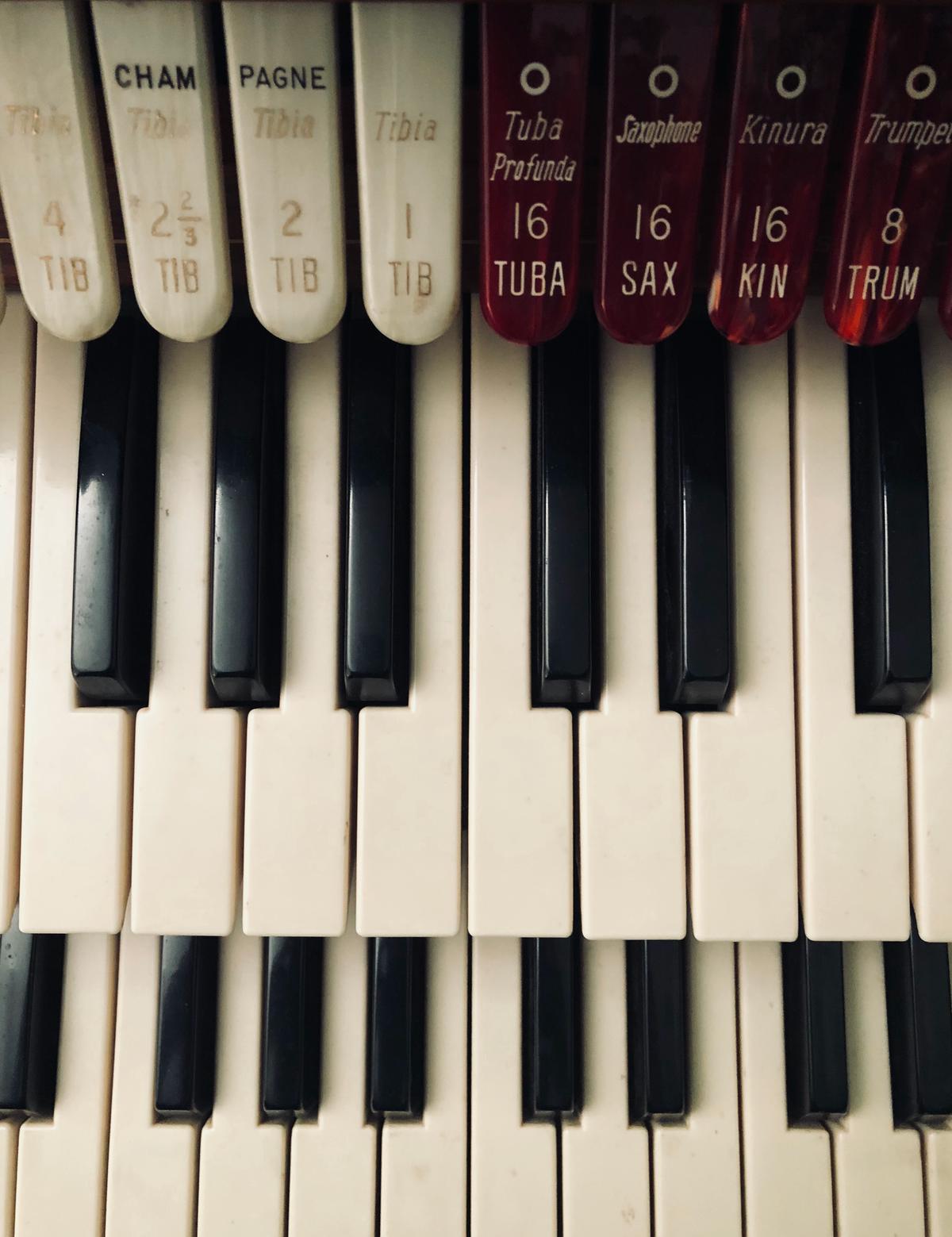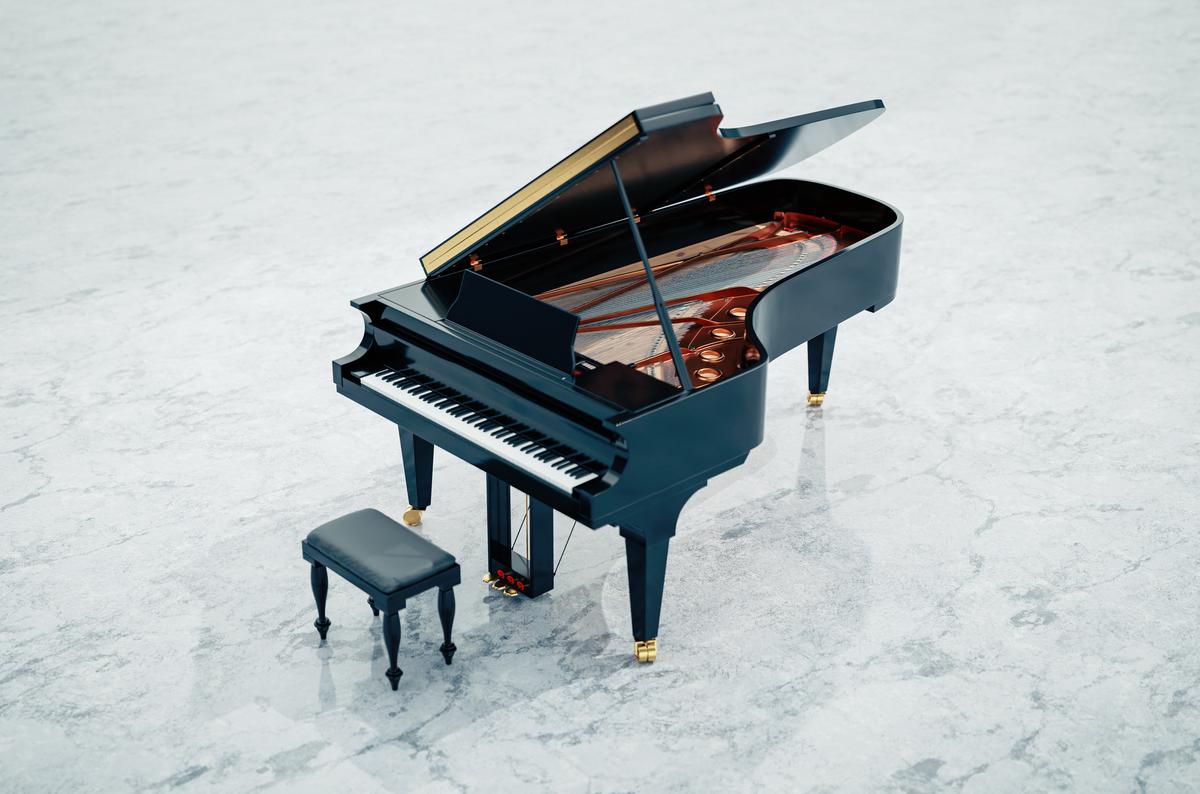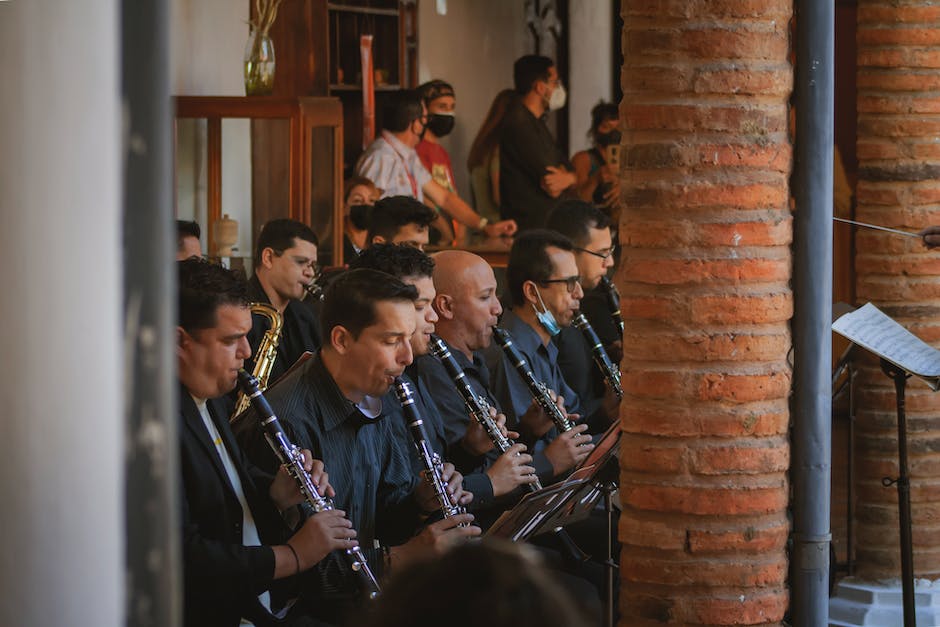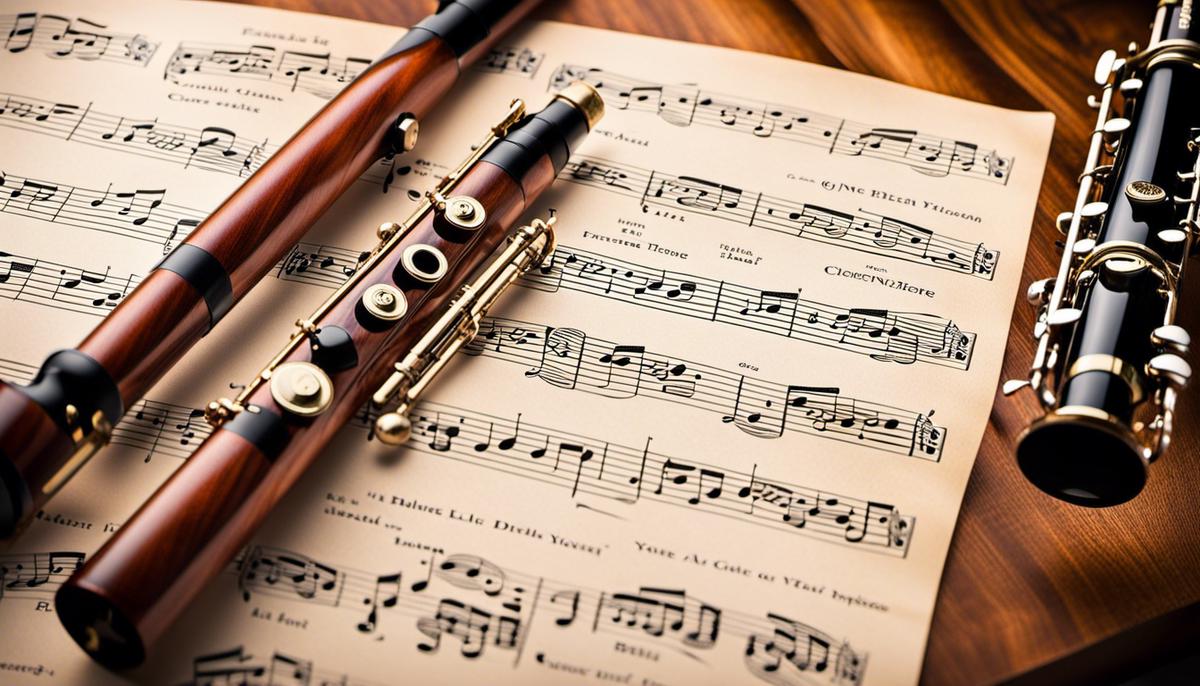Table of Contents
Introduction
Immerse yourself in the fascinating world of woodwind instruments as we delve into a comprehensive exploration and comparison of two iconic members of this family – the bassoon and the oboe. Both unique in their tonal color and intrinsically linked to a rich musical history, the bassoon and oboe hold distinct positions within the symphony orchestra.
Yet, their similarities and differences extend beyond their juxtaposition within an ensemble. In this exploration, we will dissect the structural components, playing techniques, and musical contexts of each instrument, providing enthusiasts and hobbyists with a nuanced understanding that can aid a budding musician in their journey to mastery.
Understanding the Bassoon
Understanding the Bassoon
The bassoon is a woodwind instrument that’s distinguished from others by its conical bore and double reed, much like that of an oboe. However, it is notably larger and produces a lower, richer pitch. It is constructed by connecting several parts: the bell, bass joint, boot joint, and wing joint. The look of the assembled piece is distinctive due to the complicated system of keys (usually made of silver or silver-plated nickel silver) that are held together by a chain of small metal rods and levers.
The bassoon is known to take considerable effort to play efficiently. The performer has to regulate their breath while keeping an intense concentration on the fingerings, given the complex organization of the keys. However, once mastered, the bassoon allows musicians to produce a broad range of tonal colors and emotional intensities. Unlike the oboe, which is often associated with clear, penetrating tones, the bassoon offers a deeper resonance that lends itself well to the symphonic repertoire as well as to jazz and even popular music.
Understanding Bassoon and Oboe: Similarities and Differences
The bassoon and the oboe both belong to the double reed instrument family, yet they have several distinguishing features. The most striking difference lies in the size and structural design of the two–with the bassoon out-sizing the oboe significantly, making it the lower-pitched instrument in an orchestra, in contrast, the oboe is renowned for its unique ‘duck-like’ tone.
Both of these instruments demand diverse playing techniques. The bassoon is characterized by its complex key system coupled with controlled breathing, necessary for creating a more profound resonating sound. Conversely, the oboe, renowned for its thinner reed resulting in high, more intense sound, commands a tailored embouchure and breath management methodologies. Regardless of these distinctions, both instruments play pivotal roles in composing the orchestra’s diverse soundscape.

Exploring the Oboe
Diving Deeper into the Oboe: Design and Playing Techniques
The oboe, a double-reed, treble-range woodwind instrument, is composed of a conical tube integrated with metal keys. These keys manage airflow, allowing the musician to perform various notes. The upper section of the oboe, where the reed and mouthpiece are attached, is particularly essential in generating sound. As one blows through the reed, its parts vibrate, thereby producing the resonating sound waves within the instrument. The oboe’s sound is uniquely recognisable, varying from a comforting warm tone to a brilliantly sharp one.
Mastering the oboe involves developing a flawless embouchure, the technique that involves controlling the muscles in the face and mouth to manipulate the reed. The embouchure significantly impacts the instrument’s tone and tuning, demanding sophisticated control over facial muscles and breath. When mastered, the embouchure technique lets musicians shift flawlessly between delicate and intense tones.
Oboe in Music and its Comparison with Bassoon
The oboe is a central instrument in a symphony orchestra, concert band, and chamber music, celebrated for its expressive range and remarkable voice. It often plays the melody in a wind section due to its penetrating and unique sound. It’s also found in some genres of folk, jazz, pop, and rock music.
When comparing oboe and bassoon, there are striking differences and similarities. Both are double-reed woodwind instruments, demanding sophisticated control of embouchure and breath for masterful music execution. The bassoon, though, is a larger instrument with a lower pitch range, producing a richer, deeper tone. The composition of differing notes on a bassoon involves a complex finger pattern, sometimes even requiring your thumbs. Like oboes, bassoons often play a crucial role in orchestras and bands, but they typically serve as the bass voice in the woodwind choir compared to the oboe’s often carrying the melody.
Unlocking the Secrets of Masterful Oboe Playing
Being accomplished in oboe playing rests chiefly on maintaining solid breath control, perfect embouchure, and swift, precise finger work. Moreover, taking proper care of the reed is equally important. Given that worn-out reeds can drastically influence the sound of the oboe, seasoned players often prefer to craft their own reeds to tailor-fit their specific style of playing.
Lastly, consistent practice and devoted time to tuning, a seemingly minor adjustment that can significantly alter sound quality, are vital factors in proficient oboe playing. Patience and determination are invaluable here; mastery of these skills could take several years.
Bassoon vs Oboe: Comparative Analysis
Comparing the Bassoon and Oboe: A Study in Sound and Tonality
On one side, the bassoon, despite its large size, brings forth a rich, dark, and warm tone likened to a male baritone’s depth. This distinctive woodwind instrument, in the hands of a skilled bassoonist, can elicit a medley of sounds and moods, ranging from light humor to deep melancholy. Conversely, the oboe, with its clear, piercing, and bright sound, produces a tone often characterized as “haunting.” Due to its forceful and resonant nature, the oboe frequently fulfills the role of a ‘color’ instrument within an orchestra, making it the chosen instrument to carry the melodic line in many orchestral works.
Difficulty Level and Technique
When considering the difficulty level and technique, the bassoon is a challenging instrument due to its size and finger-placement complexity. It requires a high level of finger dexterity and breath control. Despite its complexity, with consistent practice and patience, proficiency can be obtained. However, the oboe is typically regarded as one of the most difficult orchestral instruments to master. This is due to its use of a double-reed mouthpiece, requiring a specialized type of embouchure and breath control. Additionally, controlling intonation on the oboe can be highly challenging.
Widespread Usage
The bassoon and oboe are both integral to the orchestral setup. The bassoon often plays a supportive role in the orchestra, providing harmonic structure and rhythmic drive. Furthermore, it is also significant in chamber music and has a broad solo repertoire. Meanwhile, the oboe is commonly used as a solo instrument in concertos and chamber music, in addition to taking up prominent melodic roles in orchestras. Its piercing sound stands out among other woodwind instruments, making it ideal for carrying melodies. The oboe is also often used to ‘tune’ the orchestra due to its ability to maintain a stable pitch.
Conclusion
The selection between oboe and bassoon broadens down to your personal preference, musical goals, and your readiness for the physical and technical demands of either instrument.
While both the bassoon and the oboe share commonalities as vital members of the woodwind family, each embodies a unique spirit that is reflected in their distinct sound, technique, and usage within varying musical genres. Our investigation reveals that the bassoon, with its larger size and lower pitch, is often utilized for more robust, harmonious roles in ensemble pieces.
In contrast, the oboe, with its brighter tone and pivotal tuning responsibilities, often takes on more dynamic roles in orchestral settings. Ultimately, the choice to venture into the bassoon or oboe’s musical realms depends on individual preferences, ambition, and sonic affinity. Armed with the knowledge from our exploration, the journey to master either instrument will indeed be a more informed and enriching one.
Additional Reading
Take some time to check out our other articles:
Breve Music Studios publishes music to Spotify, YouTube Music, Amazon Music and more. Follow our pages on Facebook, Instagram, Twitter, TikTok, and YouTube.
Listen to our ensembles: Breve Orchestra, Breve Music Ensemble, Breve Low Brass Ensemble, Breve Woodwind Ensemble, and Jermaine Harris on Spotify.



